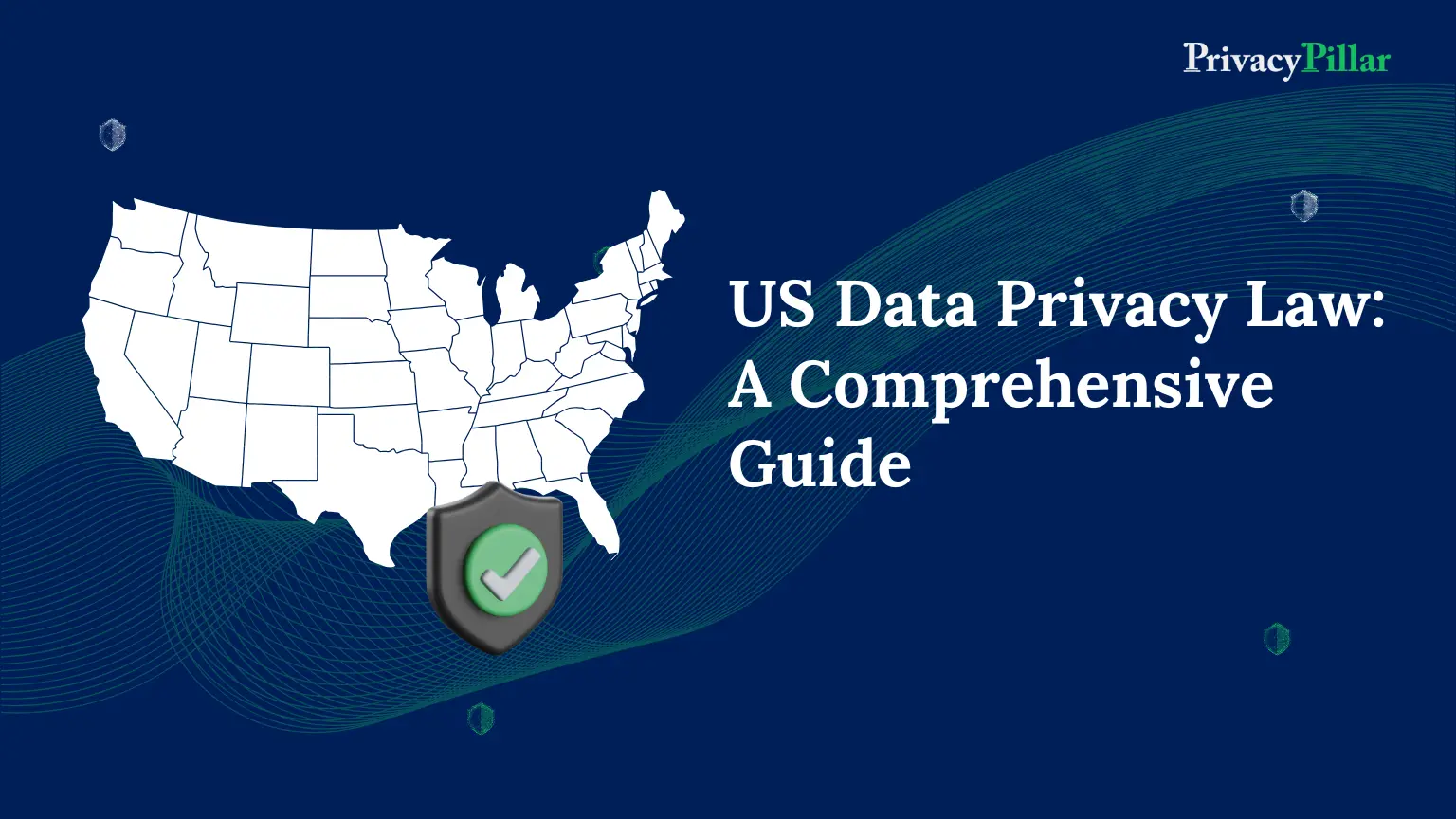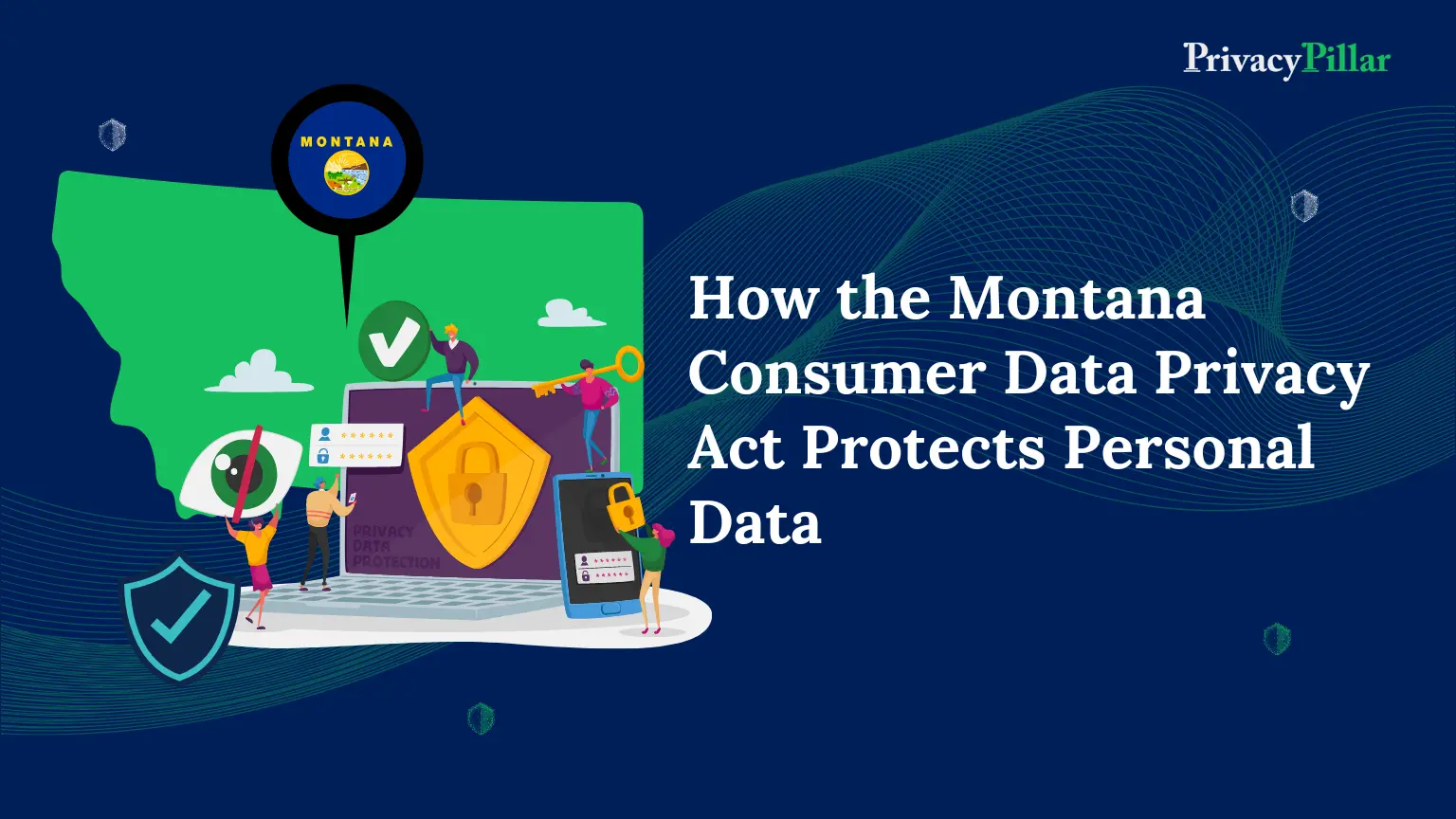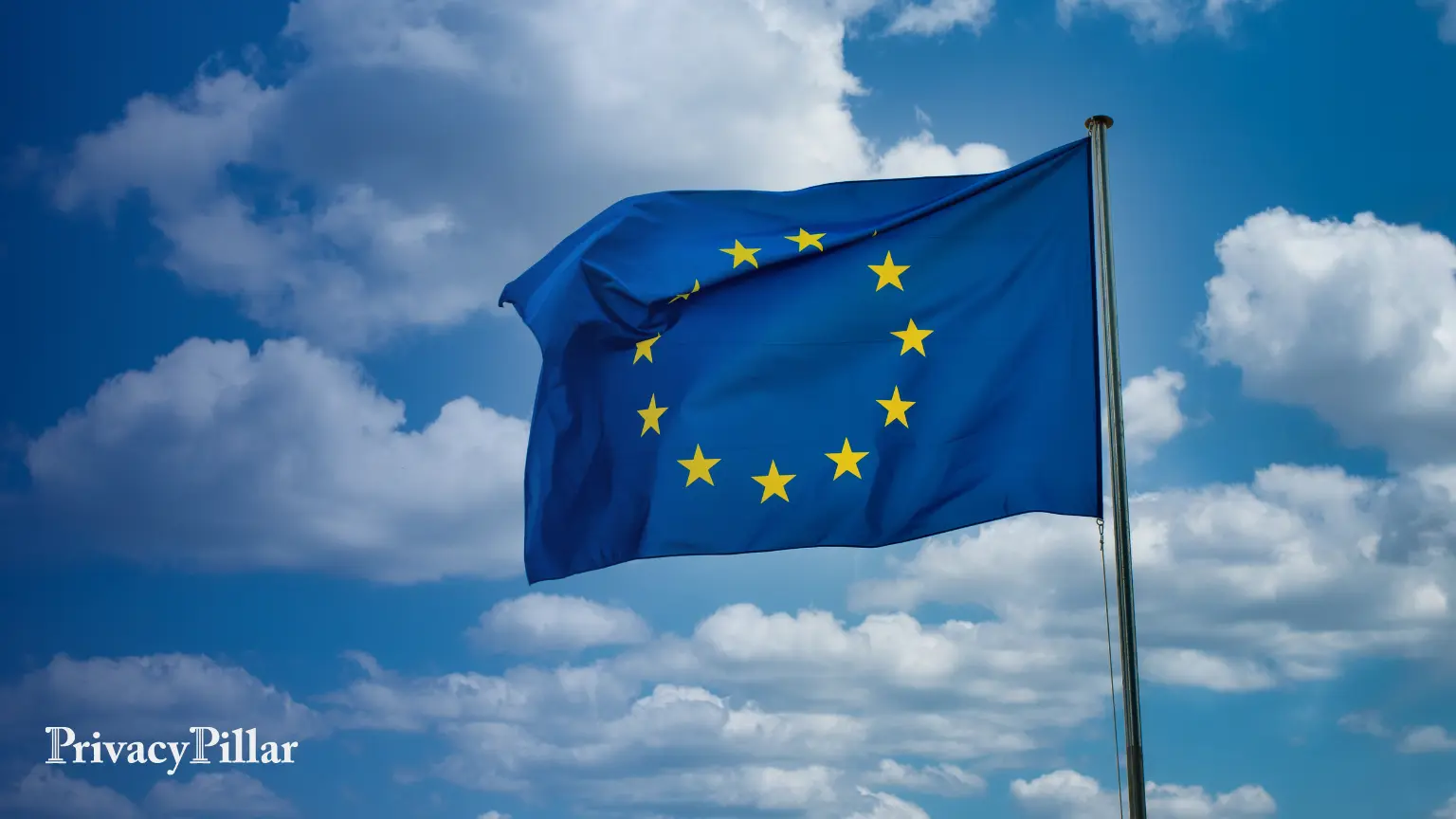
Best 5 GDPR Cookie Consent Examples
As the Privacy Law reign doesn’t end, website and mobile app owners must comply with regulations to avoid fines and build consumer trust.
One of the ways that website owners can do this effectively is by implementing cookie consent banners.
But it is more important to understand how to implement it correctly and creatively to get more consent opt-ins.
So, in this article, we’ll dive into how you can optimize your cookie consent banner to comply with GDPR or any other privacy law worldwide easily.
But before that, it’s essential to clarify what cookie consent is and what rules govern it.
What is cookie consent?
The interaction between a visitor to your website and a consent management platform (CMP) that enables users to choose whether they will allow cookies to gather their data is known as cookie consent.
What’s a cookie consent banner?
The term “cookie consent banner” refers to a cookie notification displayed on websites and other apps upon a user’s visit and explicitly requests their consent before deploying cookies.
The user is initially asked for permission before being informed about cookies on a website.
The user can accept, reject or set their cookie usage preferences with a cookie consent banner.
As per the GDPR guidelines, the cookie consent banner must be presented as soon as the user lands on the website, while the cookie should be blocked until the user gives their consent.
Let’s learn more about GDPR’s cookie consent.
What’s GDPR cookie consent?
EU’s GDPR Article 4(11) states that consent must be specific, given freely, informed, and unambiguous.
And as GDPR categorizes cookies as “online identifiers” that help to identify personal data, cookies require user consent.
If your website has visitors from the European region, your business operates in the EU then you must comply with GDPR, ePrivacy Directive, or the cookie law.
They require website owners to ask for users’ consent before deploying cookies onto their websites.
What should my cookie consent banner say?
A cookie consent banner should have the following key components.
The cookie consent message is the text that informs users of why your website cookies and asks for their legitimate consent to do so.
Consent options
The website owners must give clear CTA options to users, such as accept, reject, or change cookie settings.
Cookie Policy
It’s a good practice to link your privacy policy or cookie policy page in the cookie consent notification that gives a detailed declaration of why cookies are used on the website, the category of cookies, what is 3rd party, and what is not, etc.
Let me show you an example of what PrivacyPillar’s GDPR cookie consent banner looks like.
GDPR Cookie consent banner checklist
To comply with GDPR and ePrivacy Directive, you should keep in mind the following points for your cookie consent banner:
For the cookie notification, choose text that is simple to grasp.
- Briefly describe the many cookie types deployed on the user’s devices.
- Mention in the banner if the website uses third-party cookies to collect user data.
- Give users a choice by including buttons for “Accept” and “Reject” on the banner.
- Add a close button “x” to the banner so consumers may ignore it and keep browsing without having cookies installed on their devices.
- Add a “Customize” button so users can express their explicit approval for particular cookie categories.
- Display a cookies list on the banner’s second slide for total transparency.
GDPR cookie consent banner examples
We will look at cookie consent banner examples from all industries, from colleges and universities to SMBs and big corporations.
So, let’s look at some cookie consent banner examples and learn what proper cookie consent should have and how it should be positioned for maximum opt-ins.
1. The Guardian

The footer of The Guardian features a comprehensive banner that informs visitors about the website’s cookie usage and policy.
Their CTA for the user to accept cookies explicitly, “Yes, I’m happy,” stands out, which is bold for a media mogul like The Guardian.
Another CTA, “Manage my cookies,” is given to change the cookie settings.
There are links to the Privacy policy and cookie policy, but the not close button allows the user to ignore the cookie consent altogether.
2. The London School of Economics and Political Science

The UK’s LSE website has a footer banner that directs users to “Accept and continue” without giving them the option to “reject “so they may control the cookies they wish the site to use.
It links to the” Cookie policy “but allows users to manage their preferences.
Though the UK is out of the EU now, GDPR will still apply if most visitors are from the EU region.
Not allowing users to reject or close the cookie consent banner or implementing a cookie wall is strictly prohibited under the EU’s cookie law.
3. Carrefour Retail

The French Retailer keeps it extremely simple and a little casual.
It fits with the website’s layout and design providing a good user experience.
It is GDPR compliant as it gives two primary options to either change the “Cookie Settings” or “Continue without accepting cookies,” which will deploy the necessary ones while blocking the others.
Also, they have linked their cookie policy, declaring what cookies are used and why.
4. The Publication Office of the European Union
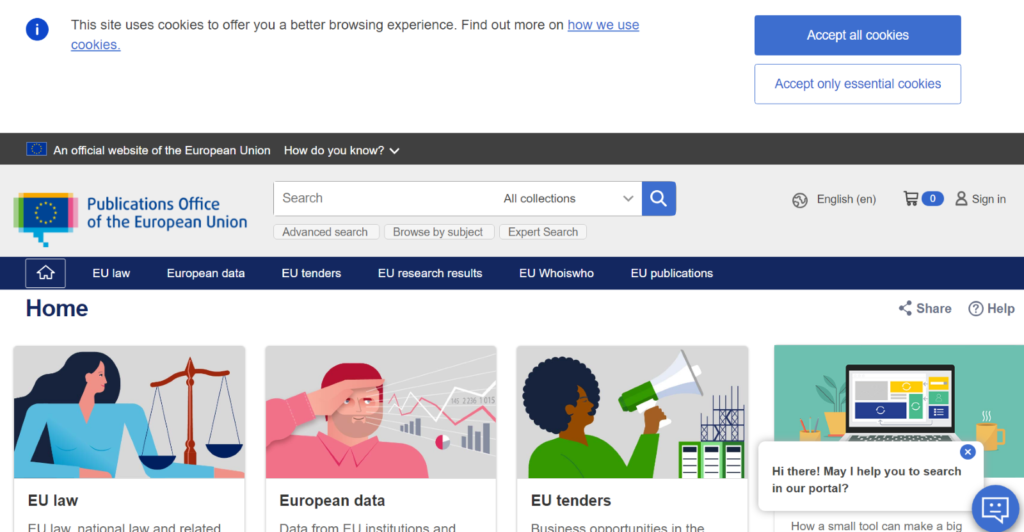
Top banners are uncommon on websites since they can impede information and conflict with the header, but the Publication Office of the European Union successfully employs one.
A survey of 1000 consent notices found that 27% used a top banner, and nearly 58% used a footer banner.
But being from the EU itself, the Publication Office of the European Union doesn’t give its users the freedom to reject cookies, though it certainly helps them manage their preferences.
5. The Siemens
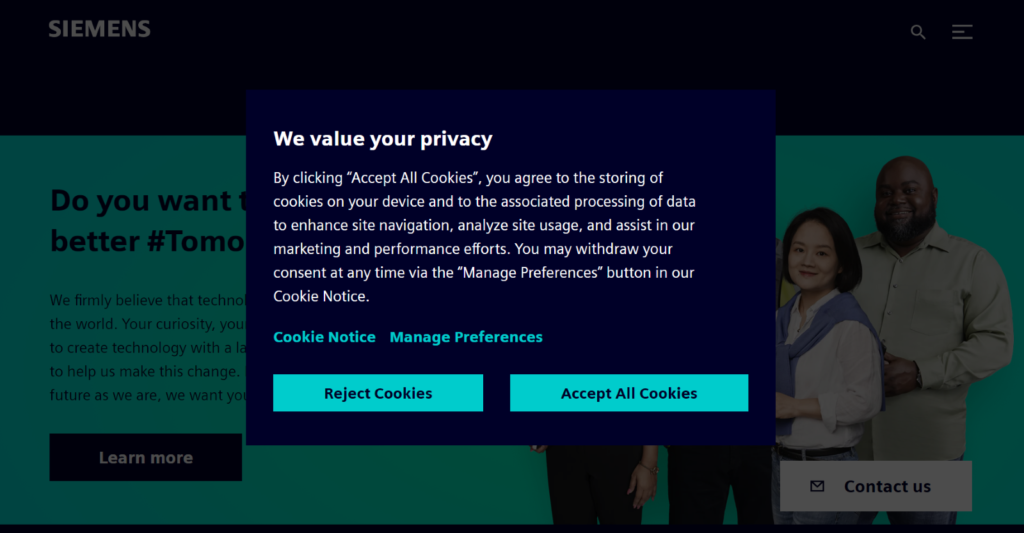
The German multinational conglomerate uses the cookie consent popup very effectively on its website as it gives a robust user experience.
If you employ cookie popups, be sure to provide users with the choice to “reject” cookies, as demonstrated in this instance.
Remember that EU cookie rules prohibit cookie walls since they deny users the freedom of choice by requiring them to accept cookies to access a website.
6. University of London

University of London’s updated its cookie consent banner a while to comply with GDPR.
It has a footer-cookie consent banner with all the options that fulfills GDPR Requirements.
By giving options to “Decline” cookies that are unessential or optional, this cookie banner is simple and effective having a good color combination that is eye-catching making the banner and its CTA hard to miss.
Also, they have linked cookie policy and another option for cookie setting for users who want to navigate and enable certain kind of cookies for better customer experience.
PrivacyPillar’s Cookie Consent Management
While displaying a cookie banner is of utmost priority for GDPR cookie consent. To ensure full compliance, PrivacyPillar’s cookie consent management helps websites to:
- Make a customizable cookie banner with a unique layout, design, and content.
- Incorporate personalized branding and CSS tweaks for a beautiful user experience.
- The flag can be automatically translated into more than 30 different languages.
- Adapt the banner’s geolocation to the user’s location
- Keep user consent records on file as evidence of compliance
- Automatic blocking of third-party cookies until user approval.
- Create a cookie and privacy policy.
- Plan website inspections and automatic cookie policy updates
- Support the Do Not Track (DNT) options on your browser
- Abide by numerous laws, including CCPA, VCDPA, CPA, LGPD, PIPEDA, etc.
Add PrivacyPillar’s Cookie Consent Banner to your website in minutes.
Join PrivacyPillar to create a GDPR-compliant cookie consent banner in three easy steps if you wish to use these GDPR cookie consent examples on your website.
Step 1: Register for a FREE 14-day trial. (Discontinue at any time)
Step 2: Choose the banner style, make any necessary changes, and copy the code.
Step 3: Put the code onto your webpage in step three (Use our setup guide for help). Your website will now display your cookie banner.
If you want to learn more about Data privacy and want to take a privacy stance for your business, then talk to one of our privacy experts.
Know why it’s essential to have privacy compliance in a data-driven world.

